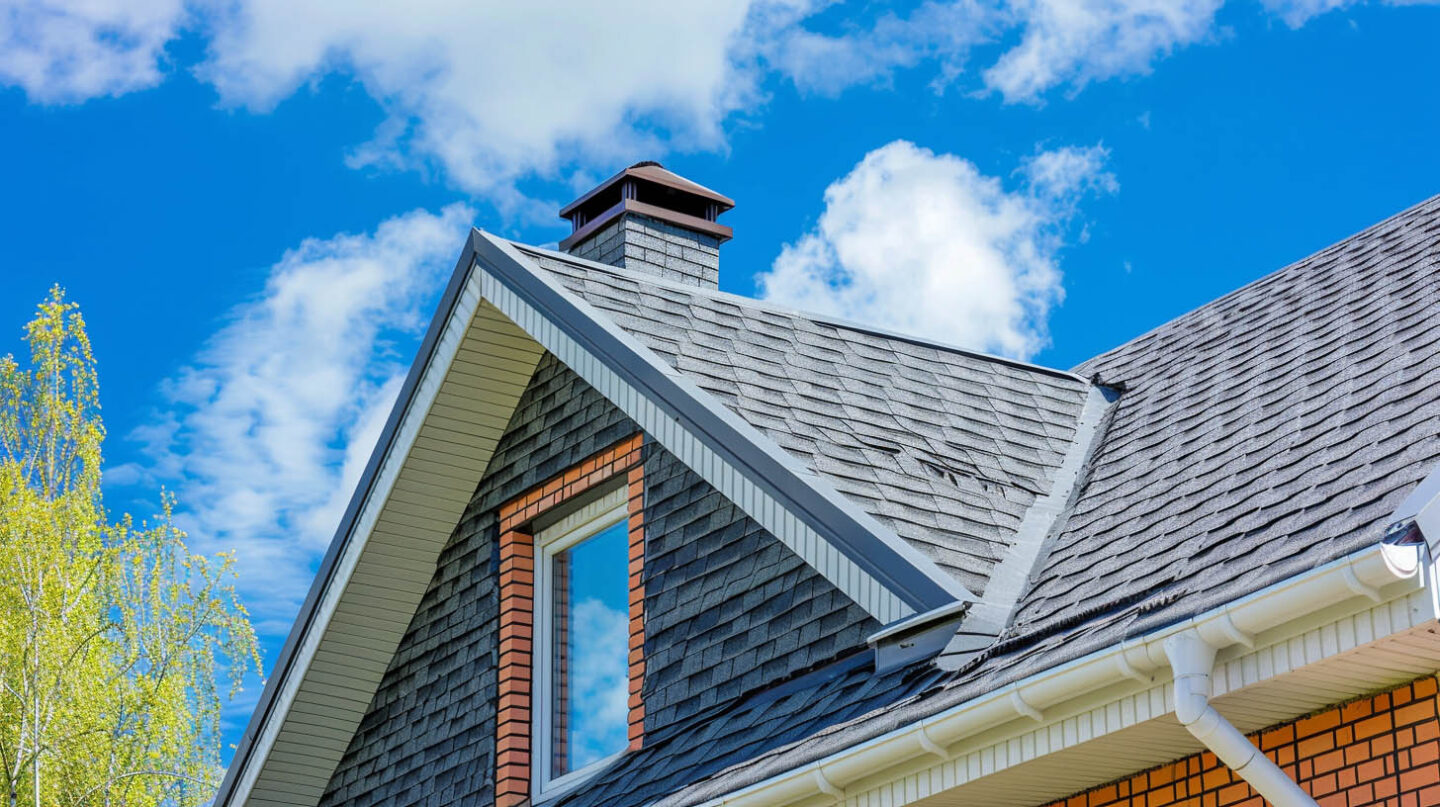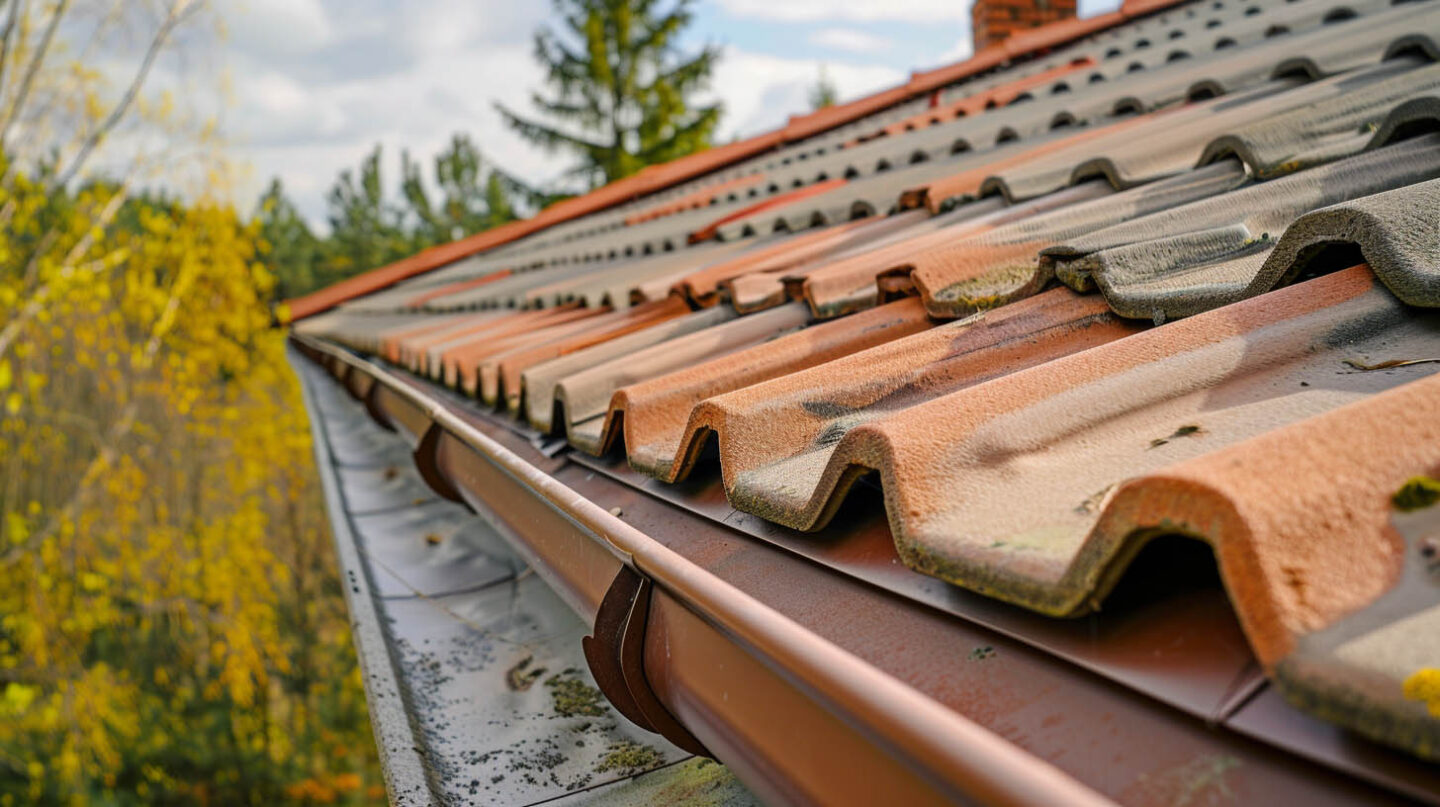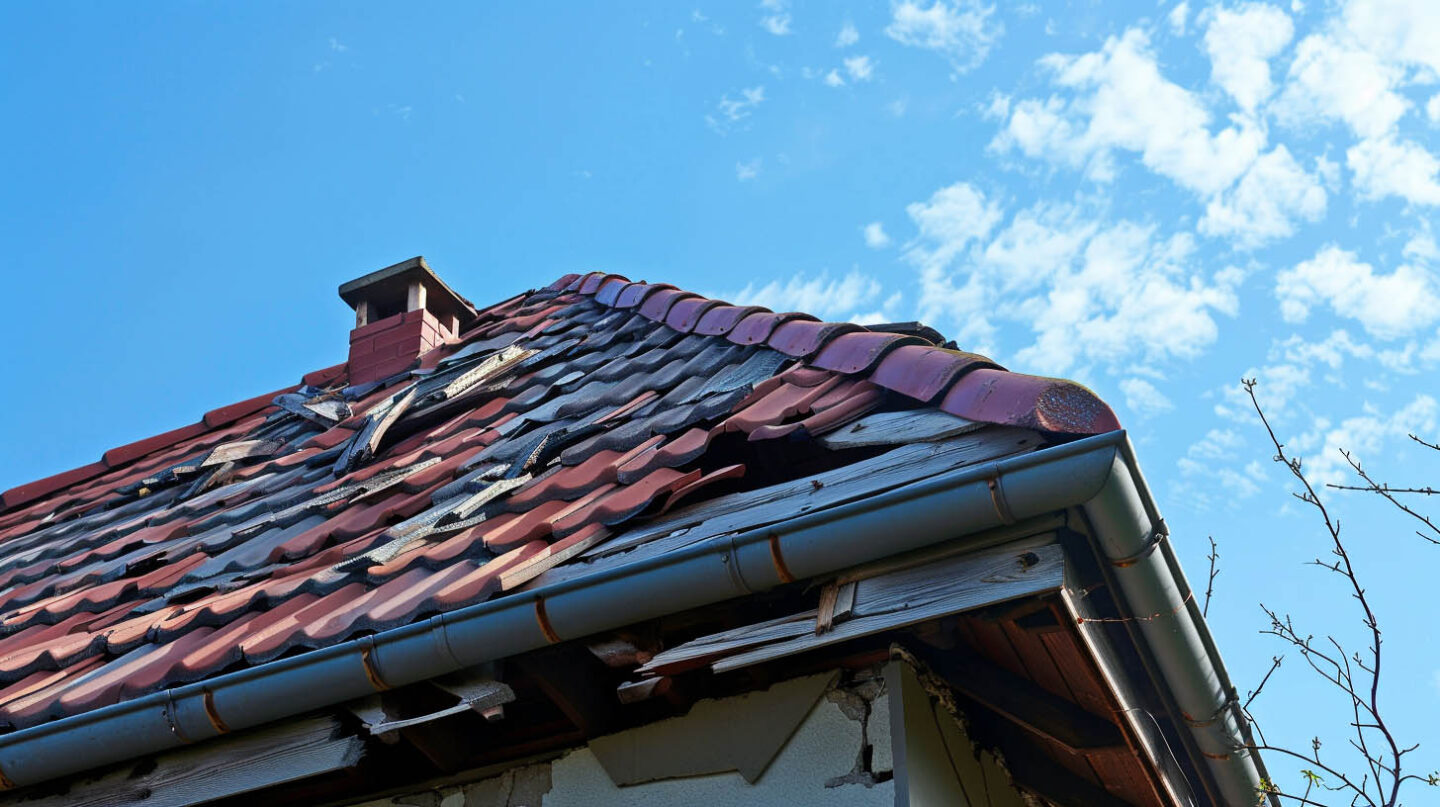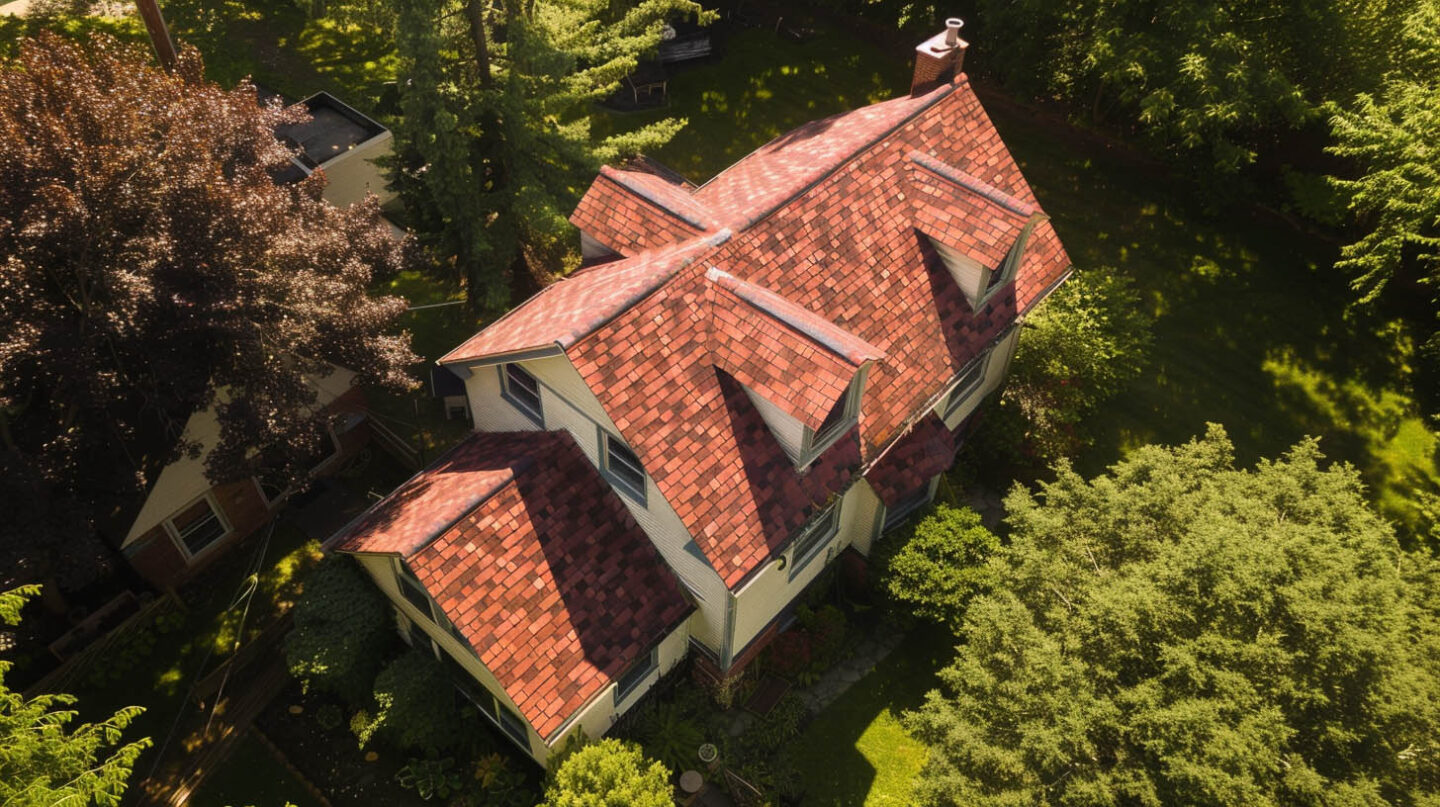In real estate transactions, understanding roof red flags during a seller’s pre-inspection is crucial. At The Shingle Master, we recognize that these indicators not only signify potential issues but also inform the overall condition of the property, directly impacting its market value in Raleigh, NC. Our expert team meticulously assesses the structural integrity of the roof, searching for signs of damage, such as missing shingles or water stains, that could hint at significant underlying problems. By addressing these concerns early, we help prevent costly repairs and enhance buyer confidence in their investment, ensuring a smoother transaction process.
Key Reasons Sellers Should Pay Attention
Proactively addressing roof red flags can significantly enhance a seller’s position in real estate transactions. Major issues, such as signs of water damage or missing shingles, not only affect the condition of the roof but also impact property value, asking price, and buyer confidence. By conducting a thorough roof inspection, sellers can identify and resolve potential problems early, reducing the risk of costly repairs and structural damage that may deter prospective buyers or complicate negotiations at closing.
Impact on Home Value in Raleigh’s Market
A well-maintained roof plays a crucial role in determining home value in Raleigh. Potential buyers closely examine the condition of roofing materials, like asphalt shingles, as significant issues can indicate costly repairs and impact their negotiation stance. Home inspection reports regularly highlight signs of water damage or missing shingles, leading to a decrease in the asking price. Addressing roof red flags early not only preserves the structural integrity of the home but also enhances buyer confidence, positively influencing market value.

How Red Flags Affect Buyer Confidence and Negotiations
Signs of roof damage can significantly undermine buyer confidence during real estate transactions. A seller overlooking red flags may lead prospective buyers to suspect deeper structural issues, raising concerns about the home’s overall condition. This can complicate negotiations, as buyers often demand substantial price reductions to compensate for anticipated repairs or even walk away entirely. Consequently, addressing these major problems preemptively will enhance the home inspection report and strengthen the seller’s position while maintaining a fair asking price.
Most Common Roof Red Flags Found During Pre-Inspections
Identifying roof red flags during a pre-inspection can significantly influence a seller’s position. Common issues include missing, damaged, or curling shingles that compromise the roof’s integrity, often indicating underlying problems. Additionally, sagging roof decks or uneven surfaces may reveal structural damage, leading to costly repairs down the line. These visible signs of damage can alert prospective buyers to potential issues and affect negotiations, making it crucial for sellers to address them proactively.
Missing, Damaged, or Curling Shingles
The condition of shingles plays a critical role in assessing roof integrity. Missing, damaged, or curling shingles can indicate underlying structural issues that may lead to significant expenses in repairs. Prospective buyers will often view these signs as major red flags, raising concerns about potential water intrusion and the overall safety of the home. Moreover, such visible defects can have a tangible impact on the asking price, making it essential for sellers to address these problems proactively to retain buyer confidence.

Sagging Roof Decks or Uneven Surfaces
Detecting sagging roof decks or uneven surfaces during a seller’s pre-inspection can signal significant structural issues that may diminish home value. These abnormalities often emerge from water damage, poor installation methods, or aging roofing materials, leading to costly repairs and safety hazards. Prospective buyers are likely to perceive these conditions as major red flags, affecting their confidence and willingness to negotiate a favorable asking price. As a result, addressing such red flags promptly with a roofing professional can mitigate potential problems during real estate transactions.
Water Stains, Leaks, and Visible Mold
Identifying water stains, leaks, and visible mold during a pre-inspection can raise significant concerns for both sellers and prospective buyers. These signs often indicate underlying roof problems, such as improper drainage or roof damage, that may compromise the home’s structural integrity. Mold growth poses health risks, while water stains signal potential long-term water intrusion issues. Addressing these major red flags proactively can save sellers from complicated negotiations and costly repairs, ultimately preserving the property’s asking price in a competitive real estate market.
Hidden or Overlooked Roof Issues That Raise Inspection Concerns
Signs of hidden roof issues can significantly impact a seller’s pre-inspection outcomes. Poor attic ventilation is a critical concern, often leading to moisture buildup that encourages mold growth and compromises the structural integrity of the home. Insulation problems further exacerbate energy inefficiency, deterring prospective buyers due to potential costly repairs down the line. Additionally, improper flashing around chimneys and valleys can trap moisture, posing risks of water intrusion and significant damage that should always be addressed before listing the property.

Poor Attic Ventilation and Insulation Problems
Inadequate attic ventilation and insulation can significantly undermine a home’s value, especially in Raleigh’s competitive real estate market. Poorly managed airflow traps moisture, leading to mold growth and compromising the structural integrity of roofing materials. This scenario often raises red flags during property inspections and can deter prospective buyers who fear costly repairs and safety hazards. Proper ventilation ensures a balanced temperature, prolonging the lifespan of the roof and reducing energy expenses, which appeal to environmentally conscious buyers.
How Roof Red Flags Show Up in a Seller’s Pre-Inspection Report
A seller’s pre-inspection report often highlights major red flags related to the roof’s condition, offering a critical overview of potential problems. Roof inspections may reveal signs of damage, such as missing shingles or water stains, indicating underlying issues like water intrusion or mold growth. These findings not only affect the asking price but also raise safety concerns that prospective buyers will scrutinize. Addressing these red flags promptly is vital to maintaining the home’s structural integrity and avoiding costly repairs down the line.
Signs of Aging Materials and Previous Repairs
Evidence of aging materials can significantly influence a home’s perceived value during real estate transactions. Commonly, prospective buyers look for warped or cracked roofing materials, which signal deterioration and potential water intrusion, leading to costly repairs. Previous repairs may also indicate underlying issues that could jeopardize the structural integrity of the property. A thorough roof inspection, considering these factors, can highlight red flags that affect buyer confidence and negotiating power, ensuring that sellers remain transparent about the home’s condition.
Your Next Steps
Addressing roof red flags during the seller’s pre-inspection is crucial for a successful real estate transaction. Ignoring signs of water damage, missing shingles, or structural issues can lead to costly repairs and safety concerns down the line. Ensuring that roofing materials are in good condition not only impacts the property’s value but also enhances buyer confidence. Sellers should prioritize these factors to avoid potential problems that could arise post-inspection, securing a smoother negotiation process with prospective buyers.
Frequently Asked Questions
Can I sue my realtor for selling me a house with bad roof after they said it’s aas good?
If a realtor misrepresented the condition of a property’s roof, you may have grounds for a lawsuit based on negligence or breach of duty. Documentation and proof of the realtor’s statements will be crucial in supporting your claim. Consult a legal professional for guidance.
What are the roof issues for home inspection?
Common roof issues during home inspections include missing or damaged shingles, sagging decks, and inadequate attic ventilation. These problems can lead to costly repairs and impact overall home value, making it crucial for sellers to address them before listing their property.
Read our blog: Closed-Cut vs Woven Valleys: Which Performs Better?


